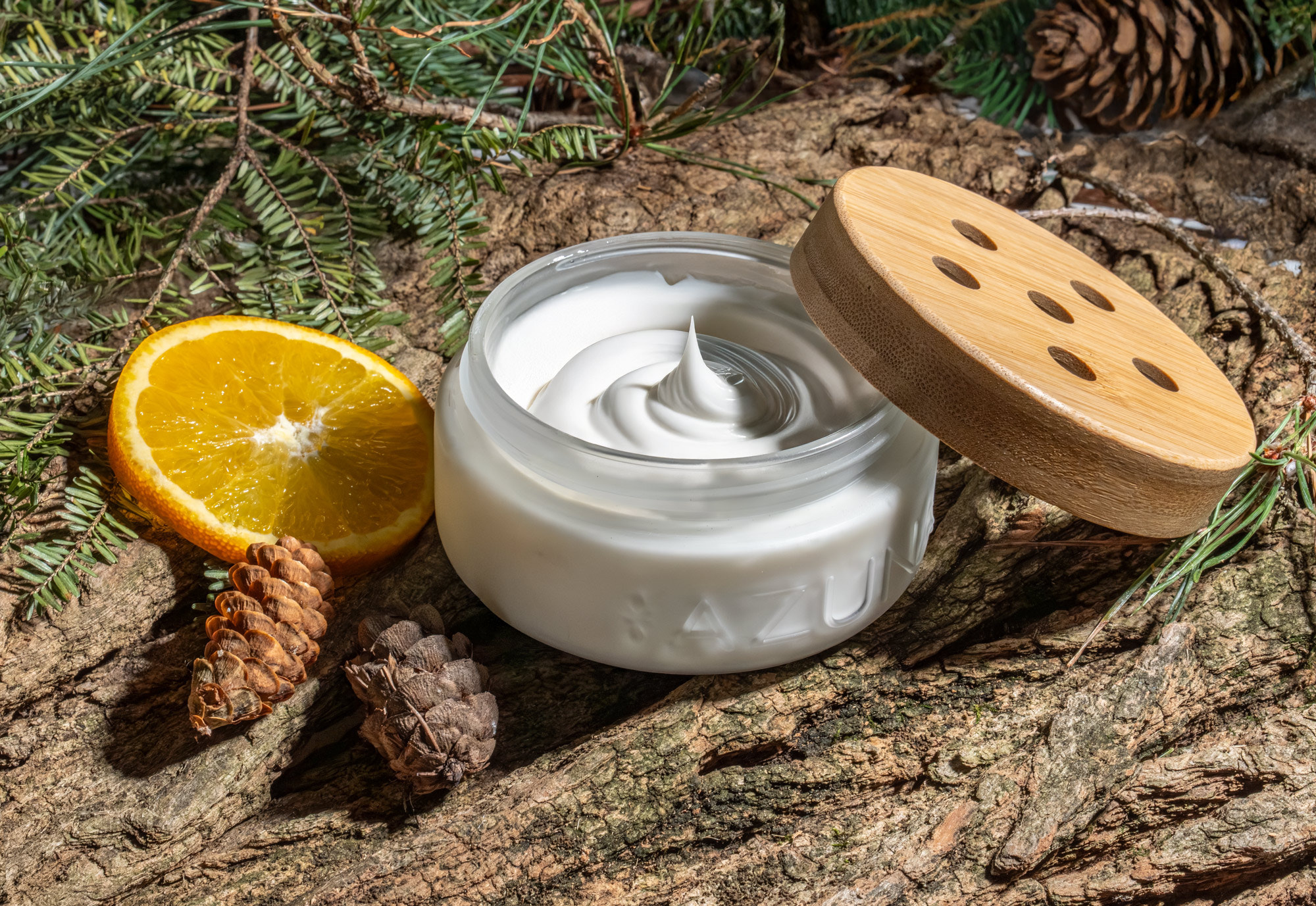We’re not usually one for numbers, but there’s one we can’t ignore: 90%. It’s how much of our lives we spend indoors. And it means our indoor air quality has a huge impact on our health, mood, sleep, and overall comfort. The problem? It’s often overlooked.
Between long workdays, quick commutes, and evenings spent struggling through math homework at the kitchen table (just us?) it’s easy to put off a home air detox. But if we’re spending most of our time inside, we deserve clean, fresh air—without heavy fragrances, toxins, or chemical clouds.
That’s why we’re breaking down what might be lingering in your air, how it affects you, and the simplest ways to naturally improve your indoor air quality. So you can breathe easier, feel better, and refresh your home the non-toxic way.
How poor indoor air quality can impact your mood, your sleep, and your health.
1. It can trigger mood swings.
A study from Harvard’s School of Public Health found a strong link between indoor air pollution and increased risks of anxiety, depression, and other mental health challenges. That’s because airborne pollutants like dust, chemicals, and dander can trigger inflammation in both the lungs and the brain—affecting how we feel, think, and function. Children and teens are especially vulnerable, since their nervous systems are still developing.
2. It increases stress—and keeps you stuck there.
Your body reacts to air pollutants by releasing the same hormones that are triggered when you’re stressed. That creates a feedback loop where polluted air causes stress, and that stress makes you more vulnerable to the effects of pollution. It’s a cycle that impacts your ability to focus and your mood. The result? Yeah. More stress.
3. Bad air can ruin your sleep.
On average, we spend 17 years of our lives asleep—but if the air in your bedroom is filled with allergens, chemicals, and stale odors, that rest isn’t doing much good. Poor indoor air quality disrupts your REM cycle and can cause headaches, fatigue, and long-term sleep issues (no matter how perfect your pillow set-up is).
4. It can affect your comfort, and cost you more.
Airborne particulates like dust, pet dander, and other indoor pollutants don’t just aggravate allergies. They clog your HVAC filters and overload your system, requiring it to work harder and run longer. That means higher energy bills and lower air quality all at once.
But you don’t need a major home overhaul or harsh chemicals to breathe better. You can improve your indoor air quality and remove odors naturally.
These low-effort, high-impact solutions help refresh your air without toxins for a cleaner, more comfortable home.
1. Use an air purifier to remove pollutants—preferably one with a HEPA filter.
Your air harbors up to 40 pounds of dust and dirt particles per year, and your home’s heating and cooling systems keep them in near-constant circulation. A HEPA (high-energy particular air) filter traps up to 99.7% of those particles in its mesh, giving you cleaner, safer air with every breath.
2. Vacuum and dust regularly for cleaner indoor air.
No air purifier? No problem. Regular cleaning helps remove allergens and pollutants before they spread. Use a microfiber cloth or dust pad with a thicker weave that will trap particles, not paper towels that send them airborne. There are even activated carbon filters for your ceiling fan’s blades, which trap dust mites, pollen, and indoor allergens as your fan spins.
3. Ditch the heavy fragrances for non-toxic air fresheners and odor eliminators.
Harsh chemicals and heavily-perfumed products only mask odors while leaving behind chemical clouds that actually contribute to poor air quality. That’s why Azuna uses pure tea tree oil to eliminate odors from mold, mildew, and bacteria at the source. Our slow-release gel jars provide continuous odor control, while sprays and wipes are perfect for on-the-go refreshes. No phthalates, no parabens, and no artificial dyes.
4. Add a dehumidifier to reduce mold and mildew odors naturally.
Small spaces with poor ventilation—like attics, basements, and bathrooms—are breeding grounds for mold and mildew. A good dehumidifier helps remove the excess moisture that allows those spores to thrive, reducing odors before they have a chance to start. Real Simple magazine released their 2025 rankings for the best dehumidifiers for your space here, so you can find a solution scaled to fit your needs.
5. Air-purifying plants help your indoor air quality (and your aesthetic).
Look for peace lilies, boston ferns, spider plants, or philodendrons for more than a quick burst of greenery. They’re proven to help reduce indoor air pollution as a natural home detox—and they’re all pretty easy to care for, too. Sharing your space with pets? Take a look at Chewy’s guide to pet-safe air-purifying plants before purchasing.







